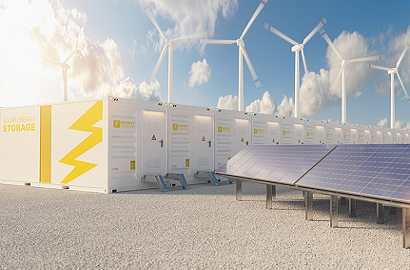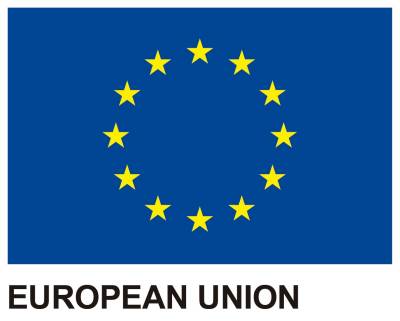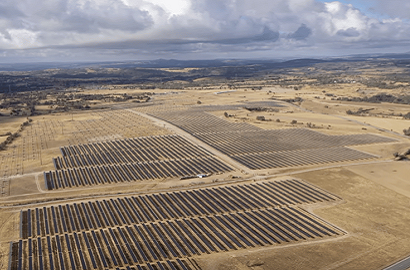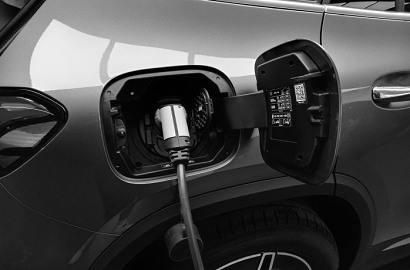Spain and Germany, joint leaders in energy storage in Europe

Around 20 gigawatts of power between projects completed, under construction and planned
Spain, with 20,074 megawatts, and Germany (16,431 megawatts), account for most of the energy storage systems in Europe measured by capacity. Both countries are also leaders in the number of energy storage-related projects, with 128 and 169 respectively, although they are exceeded by Portugal if this value is measured by energy capacity.
The data were taken from a study presented by the European Commission’s Energy Transition Expertise Centre. Prepared by Trinomics, Fraunhofer IIS and TNO, the report analyses the current situation and potential development of energy storage technologies in Europe to 2030. It includes a great number of storage technologies with projects at different levels of development.
Significant growth
Installed capacity in stationary batteries in the European energy storage market has grown significantly in recent years from 0.6 GW/hour in 2015 to around 9.4 GW/hour in 2022. In fact, capacity doubled from 2021 to 2022. Last year around 30% of the market was residential storage, compared to 2% in commercial and industrial storage, and around 70% of installations corresponding to meters.
With an expanding market, Spain, Germany, Ireland and Greece account for the majority of projects, both new projects under construction and operating projects. The report highlights six of the 128 Spanish projects in Teruel, Zaragoza, Valencia, Girona, Granada and Seville, which total over 7,500 MW of power. Spain expects to achieve 20 GW of installed capacity in 2030 and 30 GW by 2050 according to the report.
Solar power plants
A feature of the numerous thermal energy storage (TES) technologies and uses available are domestic hot water installations powered by solar thermal energy. Spain is the leader in molten salt energy storage at solar power plants, with a capacity of around 6.8 GW.
Finally, the study notes that storage technologies are already yielding profits for some uses in certain markets. This attractiveness will predictably rise in the future due to lower costs, technological improvements that will give a longer useful life for equipment and greater flexibility in a market in need of renewable energy sources.
Photo: Shutterstock




